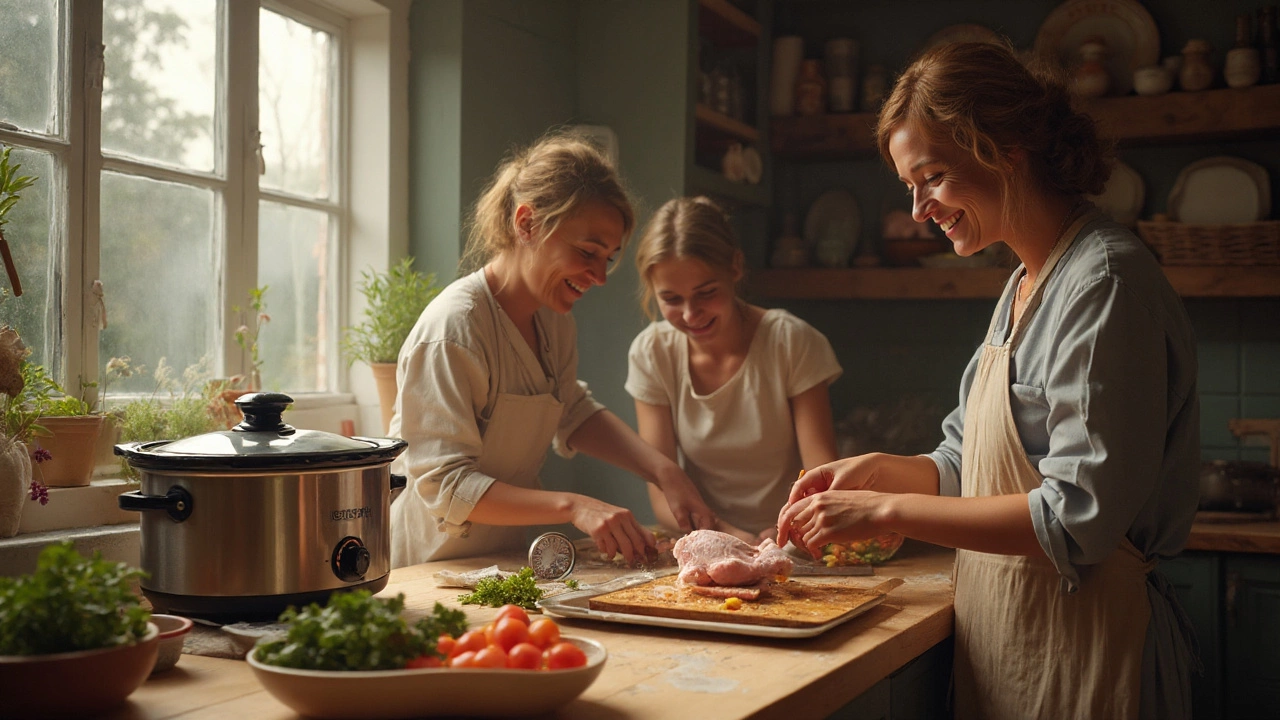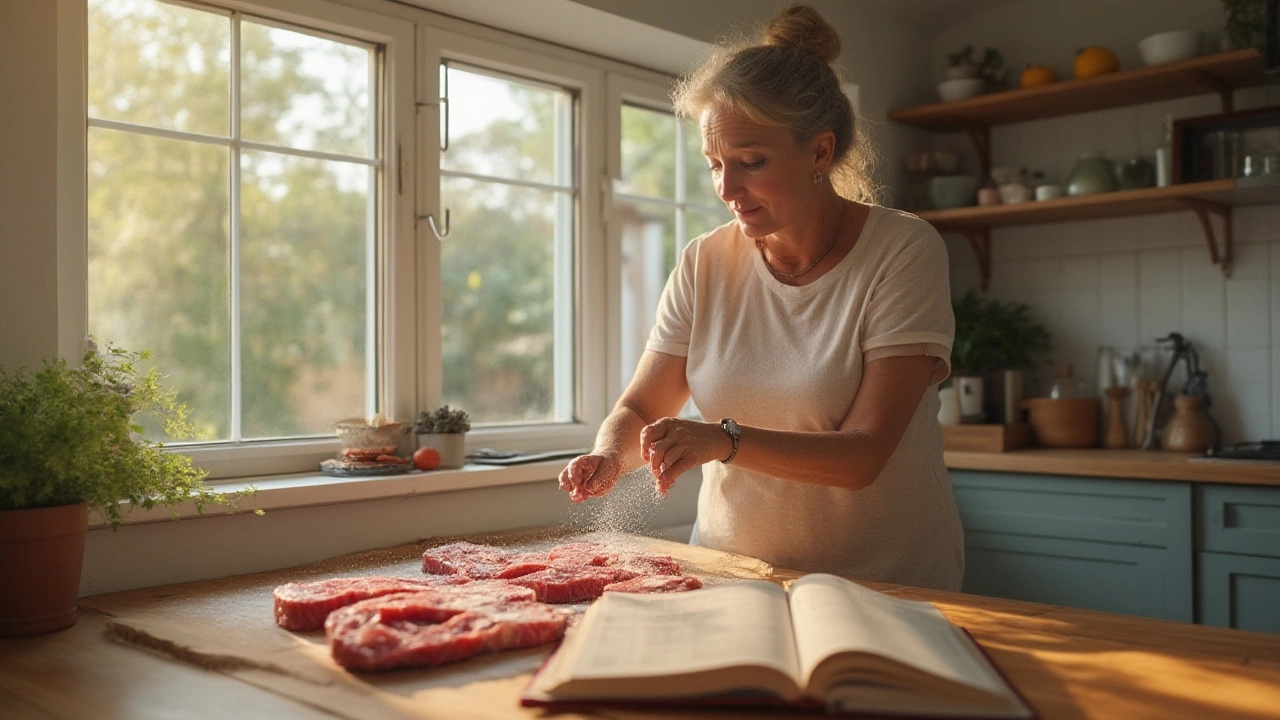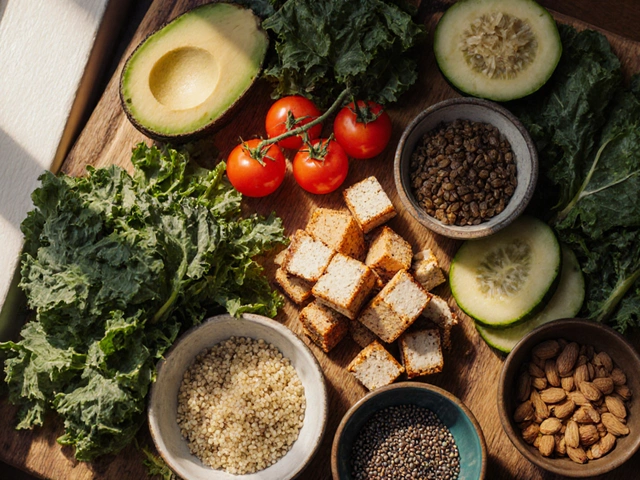Food Safety Basics Every Home Cook Should Know
Cooking at home is fun, but skipping a few safety steps can turn a tasty dinner into a health risk. Whether you’re whipping up a quick curry or letting a stew simmer all day, the same rules apply: keep food at the right temperature, avoid cross‑contamination, and store leftovers properly. Below are the must‑know tips that will protect you and your family without slowing you down.
Avoid the Danger Zone
The "danger zone" is the temperature range where bacteria multiply fastest – roughly 40°F to 140°F (4°C‑60°C). Anything that sits in this range for more than two hours is a breeding ground for food‑borne illness. Use a food thermometer to check that cooked meat reaches at least 165°F (74°C) for poultry, 160°F (71°C) for ground beef, and 145°F (63°C) for whole cuts of meat. When chilling leftovers, split large portions into shallow containers so they cool quickly and hit the fridge within that two‑hour window.
Slow Cooker Safety Hacks
Slow cookers are convenient, but they can also trap heat in ways that make food unsafe if you’re not careful. Never set a slow cooker on the "warm" setting for more than two hours after cooking – the temperature can slip into the danger zone. If you need to keep food warm for a party, transfer it to an oven set at 200°F (93°C) or a chafing dish. When using the "low" setting, remember it still brings food up to a safe temperature; however, you must start with refrigerated ingredients, not room‑temperature leftovers.
Another tip: place a sheet of aluminum foil under the lid. The foil reflects steam back into the pot, keeping the temperature steady and reducing the risk of the food cooling too fast. Just be sure the foil doesn’t touch the heating element and that the lid fits tightly – a loose lid lets heat escape and can cause uneven cooking.
Never leave meat in the crockpot on "warm" overnight. Even though the setting seems gentle, it stays above 140°F (60°C) for too long, giving bacteria a chance to produce toxins that aren’t destroyed by reheating. If you need to prep food ahead, cook it fully, cool it quickly, and store it in the fridge. Reheat it later on high heat until it’s steaming hot throughout.
When adding ingredients mid‑cook, like fresh veggies or dairy, do it at least 30 minutes before the end. This ensures they heat through without staying too long in the danger zone. Also, avoid over‑filling the pot – leave at least an inch of headspace so steam can circulate.
Cross‑contamination is another common pitfall. always use separate cutting boards for raw meat and veggies, and wash your hands after handling raw protein. If you’re marinating meat, do it in the fridge, never on the countertop. Throw away any leftover marinades that have touched raw meat unless you boil them first.
Storing leftovers correctly can save you money and time. Cool food within two hours, then label containers with the date. Eat refrigerated leftovers within three to four days, or freeze them for up to three months. When reheating, make sure the internal temperature hits 165°F (74°C) again.
Finally, keep your kitchen tools in good shape. Check that refrigerator seals are tight, clean your slow cooker liner after each use, and replace any cracked thermometers. A tidy kitchen reduces hidden risks and makes safe cooking second nature.
By following these simple steps – monitoring temperatures, cooking safe in your slow cooker, and handling leftovers right – you’ll enjoy tasty meals without worrying about food‑borne illnesses. Your family will thank you, and you’ll cook with confidence every time you step into the kitchen.

Can You Put Raw Chicken in a Slow Cooker? Safe Cooking Tips and Best Practices
by Landon Weathers / 6 Aug 2025Unpack the truth about cooking raw chicken in a slow cooker, dig into food safety, and get practical tips to make your next crockpot meal easy and safe.

What Really Happens If You Don’t Rinse Baking Soda Off Meat? Safe Kitchen Answers
by Landon Weathers / 5 Jul 2025What’s the risk if you skip rinsing baking soda off meat? This article uncovers side effects, food safety facts, and the science behind proper rinsing in your kitchen.
